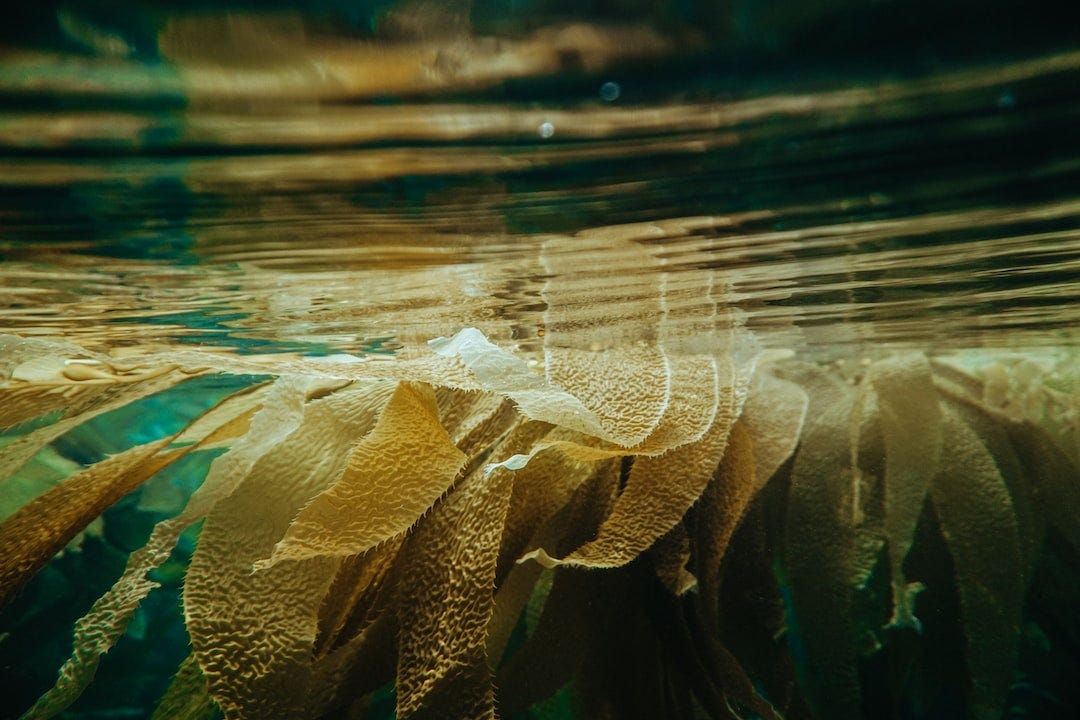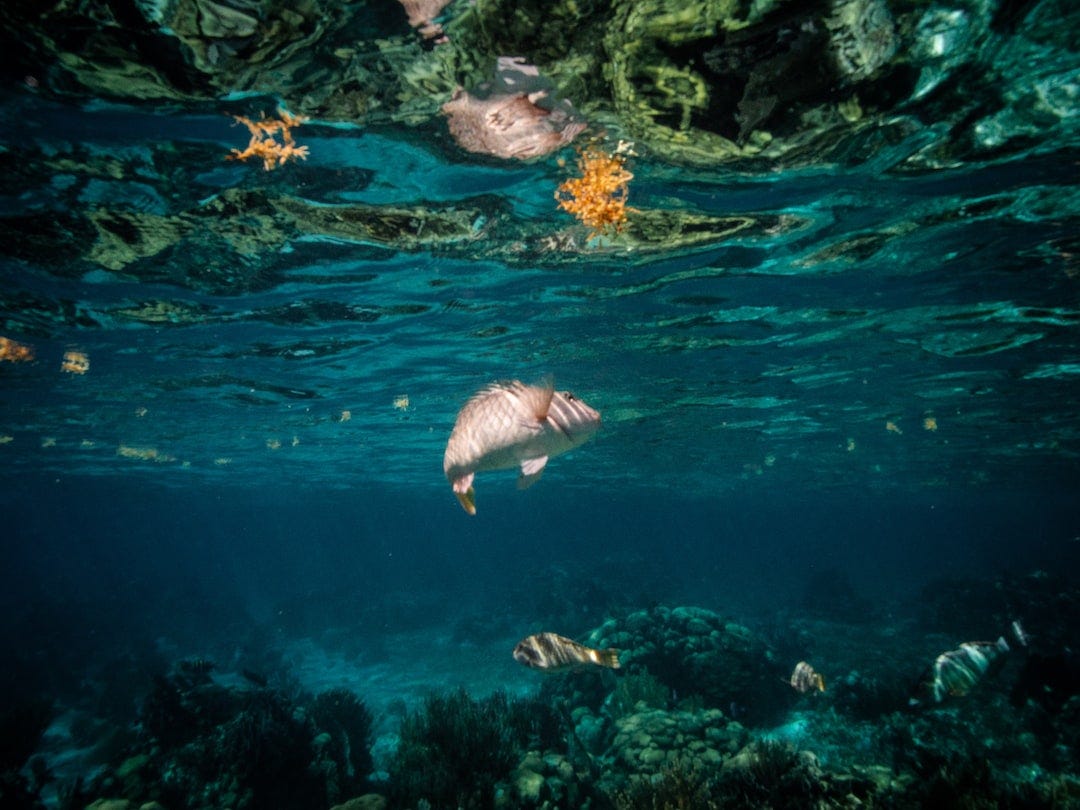Resiliency, With a Push

I was attending a year-end play hosted by my 5th grader’s class this morning.
The theme was “resiliency” and there was, of course, a lot of talk about the pandemic.
These kid’s positivity gave me an idea for this week’s newsletter as I noticed a trend in some of the stories I had come across and saved.
It also tied in well with what was needed to watch the financial markets this week.
Resiliency
The pandemic gave us a glimpse into the resiliency of nature.
There were countless examples of animals being seen in the middle of cities or mountains being seen for the first time in decades through smog-free air.
The same was true for our oceans.
“The reef at popular Hanauma Bay on Oahu also benefited from the pandemic pause when Hawaii closed the nature preserve for eight months. Friends of Hanauma Bay President Lisa Bishop said that, in just a couple of months, it showed signs of regeneration.”
+ Locals are working to restore coral reefs in beloved travel destinations. You can help. - WaPo
So, assuming we have all had our fill of watching our shrinking 401k and crypto account balances, here are some fascinating stories about the resiliency of our oceans and the groups that are helping to give them a little nudge of support.
After all, we don’t just have to be resilient on our own. We can use a helping hand now and then.
Parachuting Kelp
The video below was shared by the team at Phyconomy. I recommend giving them a follow if you are interested in all things seaweed.
I love the solution that the team at Mossy Earth has come up with to scale their kelp reforestation efforts - namely, growing the kelp on little rocks so that you can just parachute thousands of them into place from the surface.
While the parachuting kelp method may end up being a breakthrough, replanting mangroves continues to be labor-intensive work.
However, with some time now past, success stories of mangrove restoration are emerging.
“the continent’s growing attention on mangrove restoration can be attributed in part to the successful Mikoko Pamoja project, initiated in 2013 in Kenya’s Gazi Bay, which protected 117 hectares (289 acres) of mangrove forest and replanted 4,000 trees annually”
+ African nations plant mangroves to combat climate woes - LA Times
Coral Reefs, Robot Boats, and Mysterious Philanthropists

As the above quote about Hanauma Bay mentioned, even near-shore corals made a comeback with a much-needed break from human disturbance.
But that break in coastal tourism was short-lived, so efforts to help reefs rebound will continue to be an important effort.
Again, the fruits of these efforts are becoming apparent.
“Guides, fishers, divers and snorkelers are trained to plant coral and monitor its development under a community-focused system that’s seen coral coverage in protected areas off the coast of Placencia rebound from 6 per cent to 60 per cent.”
+ Why is the Belize Barrier Reef one of the most successful coral restoration projects in the world? - EuroNews
Innovation + Technology
So like parachuting kelp (I just love writing that), innovation and technology are making these restorations more effective.
Importantly, these innovations are also collecting the data needed to confirm that these investments are paying off.
In the following example, the use of AI driven robot boats that can be reconfigured to do multiple tasks shows the promise of technology to scale ocean-related solutions.
Imagine how much more efficient these robot boats can be out in these harsh elements with no need for people.
“This year we had three of the boats to firstly collect coral spawn, then they were reconfigured to autonomously generate high-resolution 3D maps of large areas of reef for larval release, and then reconfigured again to autonomously deploy the larvae directly to suitable restoration locations,”
+ Special delivery brings new life to the Great Barrier Reef - QUT
Mystery Philanthropists
And who is funding this effort? Well, it’s time for the mystery philanthropist of the week.
“…it was only last week that Oceankind’s website was updated to indicate that it was actually [Larry] Page’s wife, Lucy Southworth, a research geneticist by profession, who founded and directs the organization.
The website also now details how Oceankind has spent more than $121 million funding a broad range of projects related to marine science, technology, animal life and climate. That makes Oceankind one of the biggest non-governmental funders of ocean science in the world.”
+ Inside the secretive Silicon Valley startup trying to save the oceans with tech - TechCrunch
Some things grow on their own…
A continuous theme throughout my exploration into the ocean economy is the need for more data.
Some of the technologies highlighted here will provide the data needed to scale investment in these solutions.
“Our results show just how dynamic and complex the coast is, highlighting a need for greater understanding of local coastal changes, even down to individual beaches, when making coastal management plans.”
+ Why some beaches are getting bigger despite rising sea levels - Phys.org
Resiliency and the opportunity of challenging times
Challenging times breed resiliency and regeneration.
The seeds of innovation and change are often planted in the smelly manure of recession, catastrophe, and necessity.
As Paul Graham, the famed tech investor, wrote in 2008 during the dot com implosion and just before investing in a startup called AirBNB,
“Technology trains leave the station at regular intervals. If everyone else is cowering in a corner, you may have a whole car to yourself.”
+ Why to start a startup in a bad economy - Paul Graham
Hawaiian monk seals
Looks like these adorable creatures could use a hand as well.

SeaKeepers Society @SeaKeepers
Thanks for reading,
Doug



